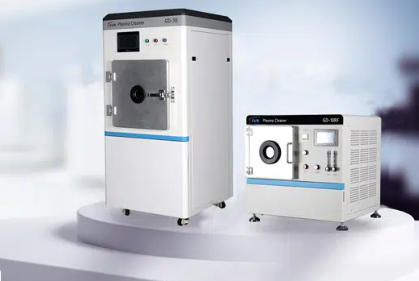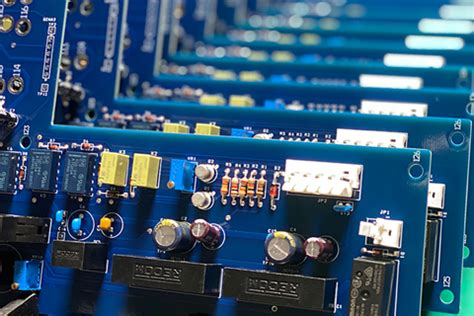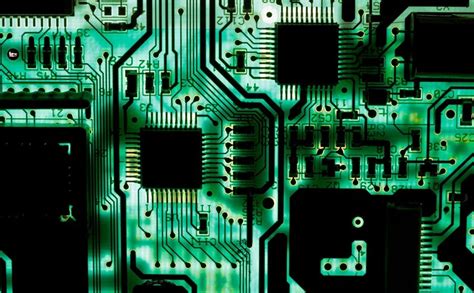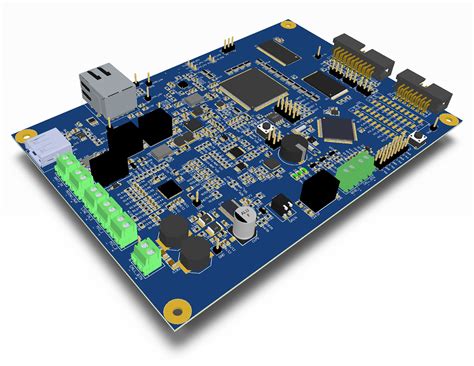Maintenance Methods for PCB Plasma Cleaning Equipment
Introduction
Plasma cleaning is a critical process in the manufacturing of printed circuit boards (PCBs), as it ensures proper surface activation, cleaning, and etching for improved adhesion and performance. To maintain the efficiency and longevity of PCB plasma cleaning equipment, regular maintenance is essential. This article outlines key maintenance methods, including routine inspections, cleaning procedures, component checks, and troubleshooting techniques.

1. Routine Inspection and Monitoring
Regular inspection helps identify potential issues before they lead to equipment failure. Key areas to monitor include:
1.1. Gas Supply System
- Check gas lines for leaks using a gas detector or soap solution.
- Ensure gas pressure and flow rates are within manufacturer specifications.
- Replace gas filters periodically to prevent contamination.
1.2. Vacuum System
- Inspect vacuum pumps for oil levels and contamination.
- Check for proper sealing in the chamber to avoid pressure loss.
- Clean or replace vacuum pump oil as recommended by the manufacturer.
1.3. RF (Radio Frequency) Generator
- Monitor RF power output stability.
- Inspect cables and connections for wear or damage.
- Ensure proper cooling to prevent overheating.
1.4. Electrodes and Chamber Walls
- Look for signs of erosion or contamination on electrodes.
- Clean the chamber walls to remove polymer deposits and residues.
2. Cleaning Procedures
Plasma cleaning equipment itself requires cleaning to maintain optimal performance.
2.1. Chamber Cleaning
- Use non-abrasive cleaning agents to remove residues.
- Wipe down interior surfaces with isopropyl alcohol (IPA) or other approved solvents.
- Avoid using metal scrapers that could damage the chamber.
2.2. Electrode Maintenance
- Remove and clean electrodes with a soft brush or cloth.
- Check for pitting or excessive wear—replace if necessary.
- Ensure proper alignment after reinstallation.
2.3. Gas Nozzle and Distribution System
- Clean gas nozzles to prevent clogging.
- Verify uniform gas distribution across the chamber.

3. Component Replacement and Calibration
Over time, certain components degrade and require replacement.
3.1. O-Rings and Seals
- Inspect O-rings for cracks or deformation.
- Replace them periodically to maintain vacuum integrity.
3.2. Pump Maintenance
- Replace vacuum pump oil every 500–1000 operating hours.
- Check for unusual noises or vibrations indicating wear.
3.3. Calibration of Sensors and Gauges
- Verify pressure and temperature sensor accuracy.
- Recalibrate RF power meters if readings drift.
4. Preventive Maintenance Schedule
A structured maintenance schedule ensures consistent performance.
| Maintenance Task | Frequency |
|---|---|
| Visual inspection of chamber | Daily |
| Gas line leak check | Weekly |
| Electrode cleaning | Monthly |
| Vacuum pump oil change | Every 500–1000 hours |
| Full system calibration | Quarterly |
| O-ring replacement | Every 6–12 months |
5. Troubleshooting Common Issues
Even with proper maintenance, issues may arise. Common problems and solutions include:
5.1. Poor Plasma Uniformity
- Cause: Uneven gas distribution or dirty electrodes.
- Solution: Clean gas nozzles and check electrode alignment.
5.2. Low Vacuum Levels
- Cause: Leaks or pump malfunction.
- Solution: Inspect seals, tighten fittings, or service the pump.
5.3. RF Generator Failure
- Cause: Overheating or faulty connections.
- Solution: Ensure proper cooling and inspect RF cables.
5.4. Excessive Contamination
- Cause: Improper cleaning or contaminated gas supply.
- Solution: Replace gas filters and clean the chamber thoroughly.

6. Safety Considerations
Maintenance personnel should follow safety protocols:
- Wear appropriate PPE (gloves, goggles, etc.).
- Ensure the system is powered off before servicing.
- Follow lockout/tagout (LOTO) procedures for electrical safety.
- Use approved cleaning agents to avoid chemical hazards.
7. Conclusion
Proper maintenance of PCB plasma cleaning equipment ensures consistent performance, extends lifespan, and reduces costly downtime. By following a structured maintenance schedule, conducting regular inspections, and addressing issues promptly, manufacturers can optimize plasma cleaning efficiency and maintain high-quality PCB production.
Implementing these best practices will lead to improved reliability, reduced operational costs, and enhanced product quality in PCB manufacturing processes.






